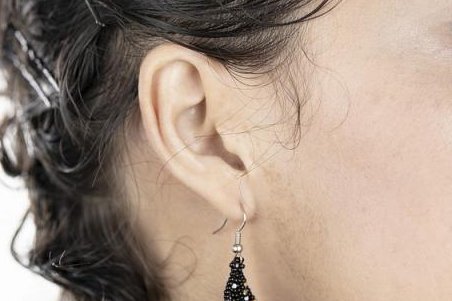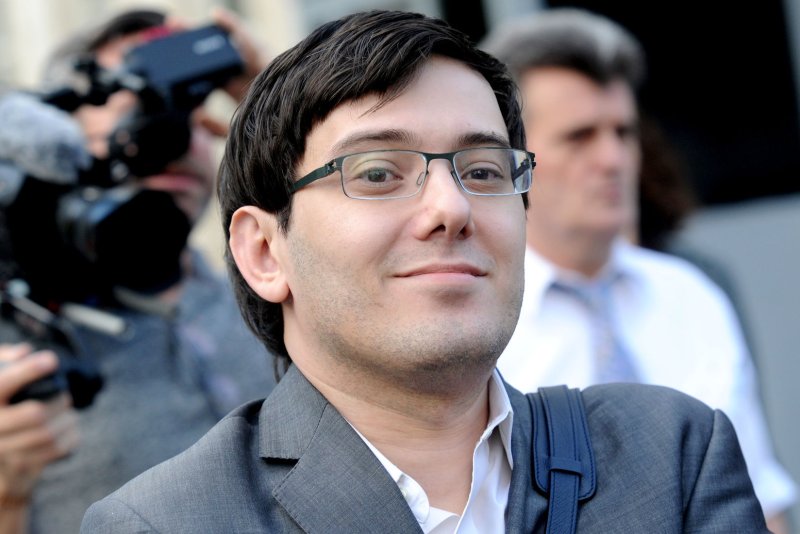Saule Omarova: Biden bank regulator nominee withdraws after Republicans smear her as a communist
Eric Garcia
Tue, December 7, 2021

Saule Omarova, President Biden’s nominee for the Office of the Comptroller of the Currency (REUTERS)
President Joe Biden’s nominee for the Office of the Comptroller of the Currency withdraw her nomination amid constant Republican attacks that she was a communist, despite fleeing the former Soviet Union.
“I deeply value President Biden’s trust in my abilities and remain firmly committed to the Administration’s vision of a prosperous, inclusive, and just future for our country,” she said in her letter withdrawing her name. “At this point in the process, however, it is no longer tenable for me to continue as a Presidential nominee.”
Saule Omarova was born in Kazakhstan and came to the United States after the USSR communist government collapsed to earn a PhD from the University of Wisconsin. Mr Biden hailed her history and background.
“I nominated Saule because of her deep expertise in financial regulation and her long-standing, respected career in the private sector, the public sector, and as a leading academic in the field,” he said. “She has lived the American dream, escaping her birthplace in the former Soviet Union and immigrating to America, where she went on to serve in the Treasury Department under President George W. Bush and now works as a professor at Cornell Law School.”
But she faced heavy criticism from Republican senators. At one point, Sen John Kennedy of Louisiana asked her about her past affiliation with the Komsomol, a state-mandated organisation, during her childhood.
“Senator, I was born and grew up in the Soviet Union … everybody was a member … that was a part of normal progress in school,” she said. Later, Mr Kennedy said “I don’t know whether to call you professor or comrade.”
In response, Ms Omarova pushed back.
“Senator, I’m not a communist. I do not subscribe to that ideology. I could not choose where I was born…my family suffered under the communist regime. I grew up without knowing half of my family, my grandmother twice escaped death under the Stalinist regime,” she said at the time.
Mr Biden alluded to those smears in his statement defending her.
“But unfortunately, from the very beginning of her nomination, Saule was subjected to inappropriate personal attacks that were far beyond the pale,” he said.










